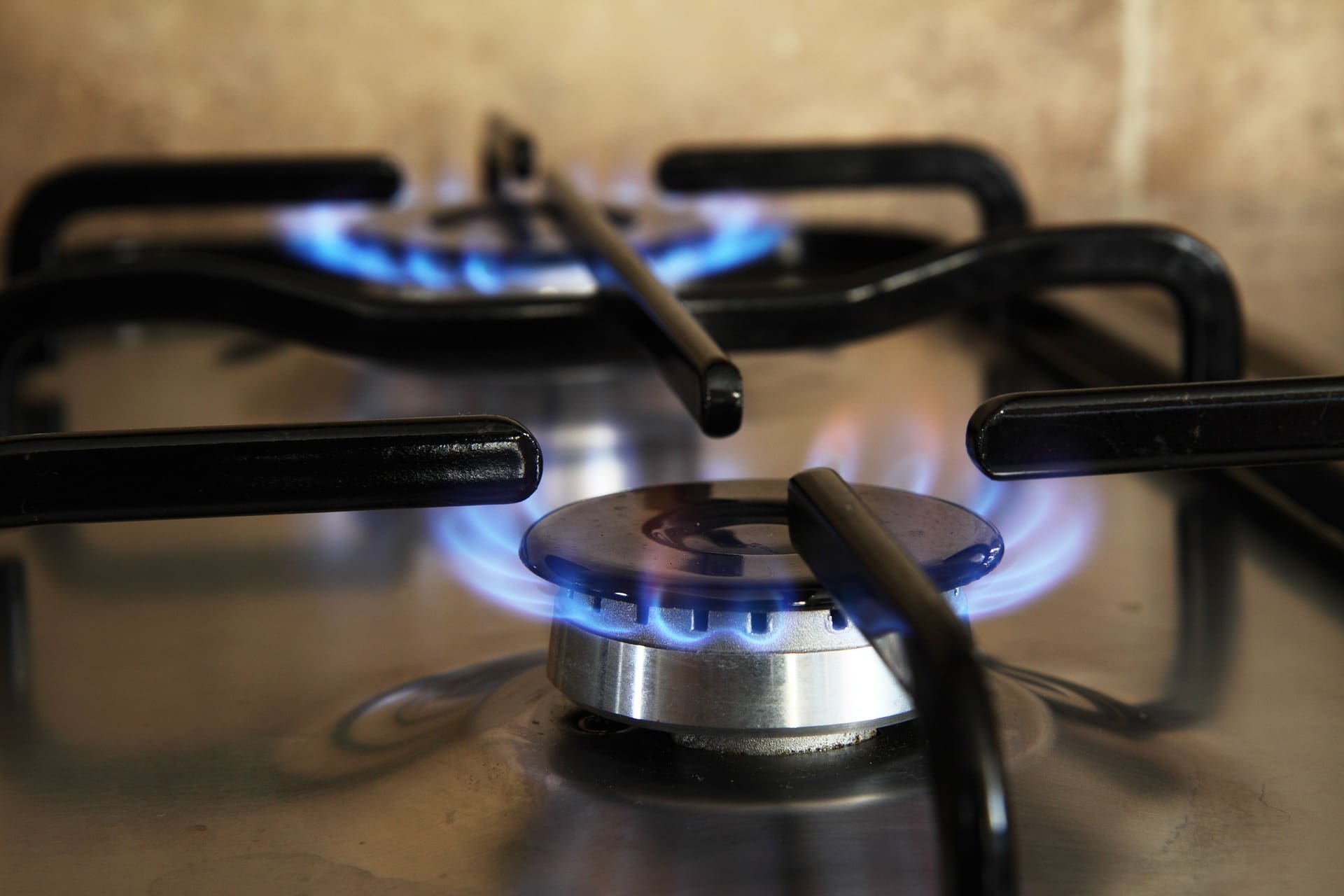Fire Safety and Prevention: Tips and Guidelines

Many people tend to shrug off fire safety and prevention tips. But you have to remember that fires are unpredictable. They can strike anytime and anywhere, especially when you least expect it. Having basic fire safety measures put in place both at home and work can one day be the difference between life and death.
Regardless of who you are and what you do, make sure you’re you follow the fire safety and prevention precautions in your area. Review the fire prevention tips below together with your family and friends. By doing so, you’ll help create a safer place for you and your community to live.
In this article:
- Always Have an Escape Plan
- Install Smoke Alarms in Your Place
- Stay on Top of Your Electrical Wiring System
- Keep Your Heating Equipment in Check
- Take Special Fire Precautions in the Kitchen
- Learn to Use a Fire Extinguisher
- Have a Workplace Fire Safety Checklist
Always Have an Escape Plan

No building is immune to fire. Even when you’re at home or work, make sure you already have an escape plan in mind.
Familiarize yourself with the nearest fire exit in your building. At home, map out the fastest and safest way to go outside in case a fire starts.
Consider these things when you’re mapping your fire escape plan:
● Familiarize yourself with all the emergency fire exits in your building or home.
● Make sure the doors in your plan can be opened from the inside.
● Ensure that the path you map out is free from obstacles like bulky furniture or immovable appliances.
● Agree on an area outside the building you’re in where you and your family or colleagues will meet after a fire.
● Conduct or participate in fire drills so you can update your escape plan.
● Have an alternative escape plan; Don’t settle for just one!
Install Smoke Alarms in Your Place

Fires, especially those that spark at home, often happen at night when you and your family are sleeping. It is for this reason that having smoke alarms where you live is a good idea.
Here are some guidelines to follow as you install a fire detection system in your home:
● Choose a detector with a backup battery so it will still do its job even when the power is out.
● There should be a device in EVERY bedroom.
● Make sure to install more than one smoke detector for long hallways and corridors.
● If your home has more than one level, ensure that each floor has at least one smoke detector.
Also, it is essential to plan where you’ll install your fire alarms. Consider these tips when choosing which areas in your home to put fire alarms in:
● As much as possible, place smoke detectors on your ceiling and not on the walls.
● Install smoke alarms in the middle of the room. They should never be in the corners or edges of your ceiling.
● Keep smoke alarms away from ceiling fans, air-conditioning vents, and heat exhausts.
● Don’t put a smoke detector in the kitchen; this might cause a false alarm.
It isn’t enough to install fire alarms in your home. Once you have them, you need to maintain them. Otherwise, the device won’t be able to do what it was made to do.
Follows these tips so you can take care of the smoke alarm system in your home:
● Regularly test your smoke alarm. Designate the first Friday of every month to check whether all your detectors are still working.
● Replace their batteries as soon as the alarm prompts you to.
● Have replacement batteries on-hand so you can immediately change faulty smoke detector batteries.
Stay on Top of Your Electrical Wiring System

Another fire safety and prevention tip to follow is to stay on top of your home electrical wiring system. Many fires also spark from faulty or dilapidated electrical wiring.
As electrical wires hide behind the walls, it might be hard to check upon them. Here are some tips to help you keep your electrical wiring system in check:
● Have a professional inspect the wires in your home. Do this at least once a year.
● Replace faulty light bulbs in your house.
● Call a professional right away if you’re experiencing intermittent electricity.
● Don’t use exploded outlets.
Keep Your Heating Equipment in Check

There’s no crime against using heating equipment like space heaters and fireplaces to keep your home or office warm. However, you should always keep a close eye on them as they have the potential to start a fire.
Follow these fire safety and prevention tips for keeping your heating equipment in check:
● Have a professional inspect your space heater annually.
● Replace faulty heaters right away. Don’t wait until they give way.
● Ensure that your fireplace is well-ventilated so you can control the fire when you’re using it.
Take Special Fire Precautions in the Kitchen

Did you know that cooking is one of the leading causes of fire-related injuries and damages to date? It’s no surprise that the majority of house fires start in the kitchen.
Even if this is the case, being afraid of a potential fire shouldn’t keep you from cooking in your own home. All you need to do is have fire safety and prevention measures in place to keep your kitchen from becoming a firetrap.
We’ve compiled a handy list here for you to follow:
● Never leave the kitchen when you are cooking something. If you need to go, turn off the burner. If you’re baking or roasting something in the oven, check on it from time to time. Use a kitchen timer to remind you of how much time has elapsed.
● Be attentive every time you cook. Concentrate on what you’re doing.
● Keep flammable things like dishcloths and paper towels away from stovetops and burners.
● Ensure that your cooking surfaces are clean and grease-free.
● Use your kitchen appliances wisely. Unplug them when you’re not using them. Make sure the kitchen equipment you buy passed fire safety standards.
● Have a fire extinguisher in your kitchen.
Learn to Use a Fire Extinguisher

Fire extinguishers are common and useful tools against fires. They’re so common that you probably walked past one as you headed to work today.
No matter home many times in a day you pass by the fire extinguisher in your office, you probably don’t know how to use it.
When it comes to fires, not knowing how to use a fire extinguisher can cost you a lot. Remember, during emergencies, you can’t be fumbling around.
Before learning how to use a fire extinguisher, you first have to know the different types. There are five different kinds of extinguishers based on the fires they can put out:
- Class A: fires fueled by everyday solid combustibles like paper and wood
- Class B: fuel- and gas-based fires
- Class C: fires caused by electricity
- Class D: fires fueled by flammable metals
- Class K: used to extinguish oil and grease fires
Using a fire extinguisher is pretty straightforward and takes only minutes to learn. However, there are some necessary steps to using a fire extinguisher.
There is a short and easy-to-remember acronym for using fire extinguishers. When the time comes that you need to use a fire extinguisher, remember to PASS:
● PULL the safety pin from the handle. You won’t be able to use the extinguisher if you don’t pull it out.
● AIM the nozzle at the base of the fire. Don’t hit the top of the flames.
● SQUEEZE the trigger slowly. Moderate the pressure so you can control how much fluid comes out of the extinguisher.
● SWEEP the nozzle from side to side. Not too fast or slow. Remember to aim at the base of the fire.
Like smoke alarms, fire extinguishers also need the right amount of maintenance. Here are some fire safety tips for keeping your extinguishers in tip-top shape:
● Make it a habit to visually inspect your fire extinguishers at home and work at least once a month. Their seals should be in-tact and undamaged in any way.
● Have a professional inspect your fire extinguishers annually.
● Empty and refill your extinguishers every six years. Make sure to consult a professional when doing this.
Have a Workplace Fire Safety Checklist

Fires at work can be devastating. They pose a risk not only to the people inside the building.
Workplace or building fires also affect the public. This is why preventing fires at the workplace is just as crucial as avoiding them at home.
To keep you and yourself safe from building or office fires, make sure to check off all the items on this fire safety checklist:
● Remove office fire hazards like faulty outlets, fraying electrical cords, and overloaded sockets.
● Keep the office open and well-ventilated.
● Make sure smoke alarms on all floors are working.
● Promote fire safety by ensuring your entire floor attends and participates in fire drills.
● Know where the maintenance staff keeps the fire extinguishers.
● Keep the inside of the office as a no-smoking zone.
● Add emergency hotlines in your office’s telephone directory on the automatic dial.
● Unplug idle appliances like coffee makers and microwaves when nobody is using them.
While fires may be unpredictable and destructive, they are also highly preventable. By practicing fire safety and prevention in your home and workplace, you make your community a safer place to live.
Need help securing your home or office from fire? Feel free to contact Firetech Global to get more information on long-term fire prevention solutions.
